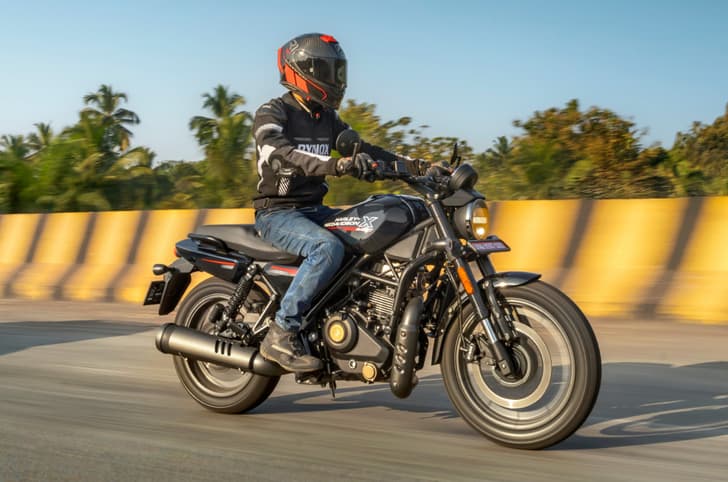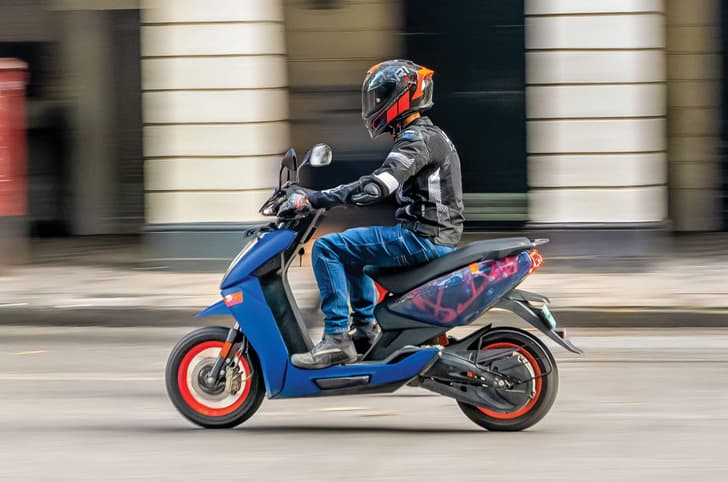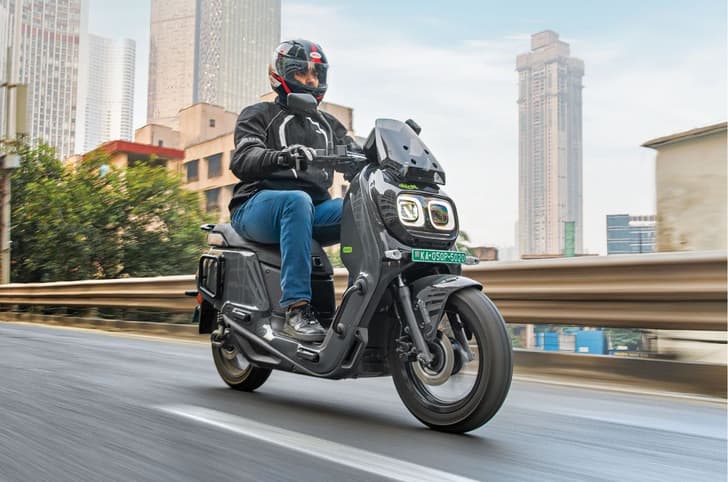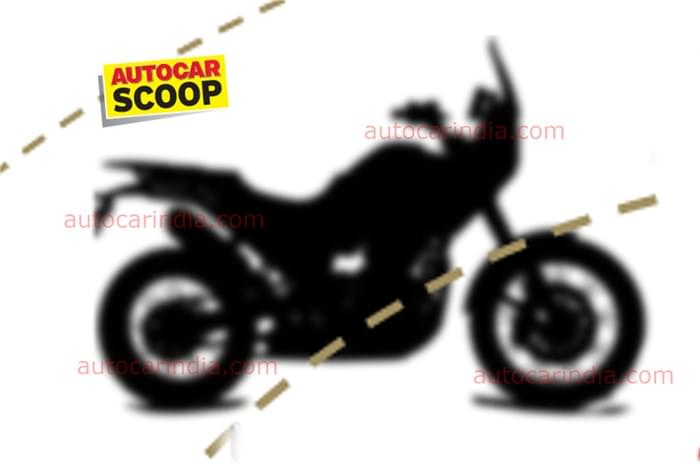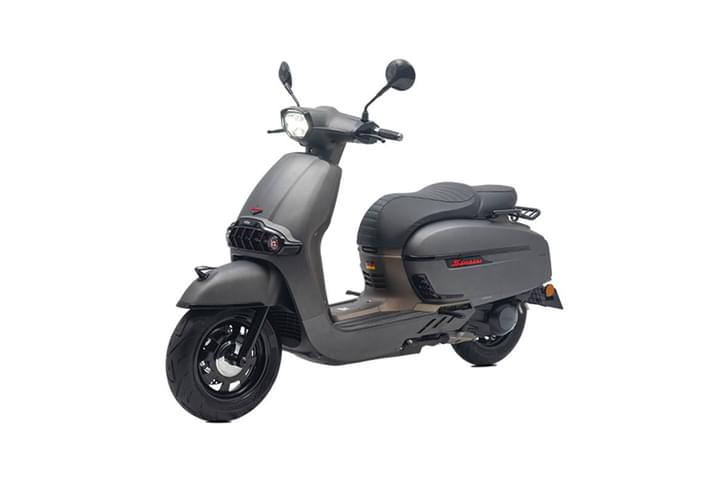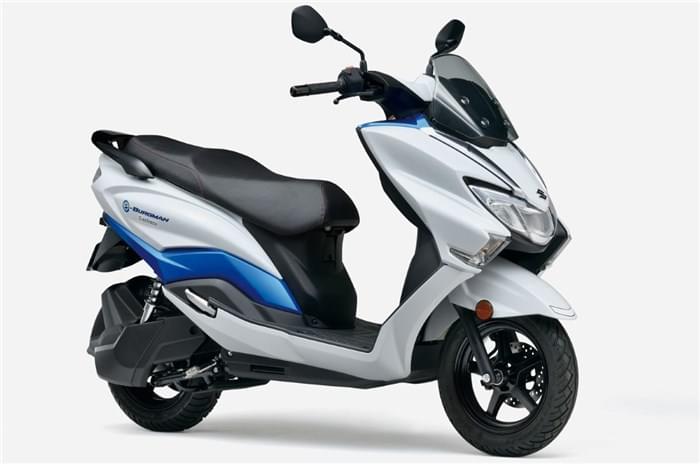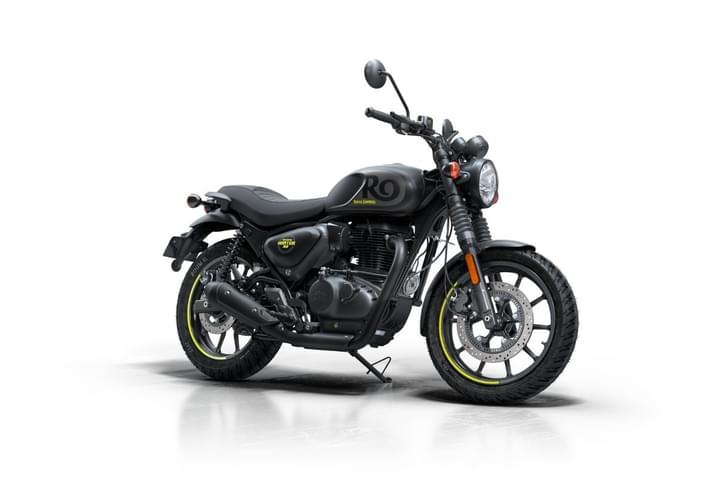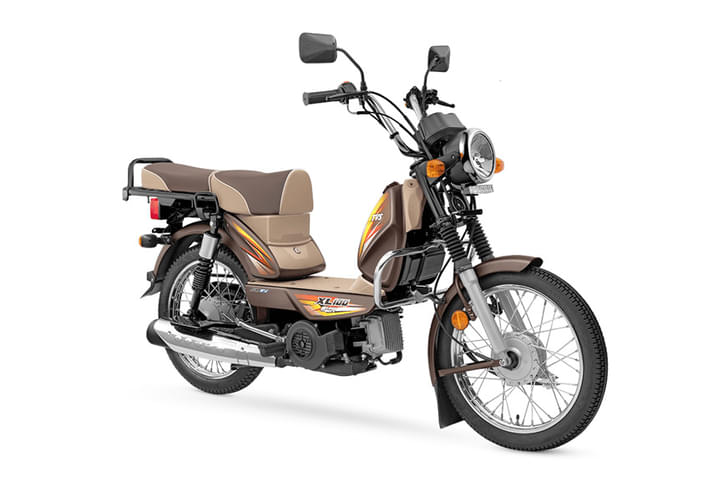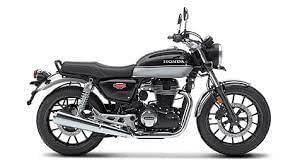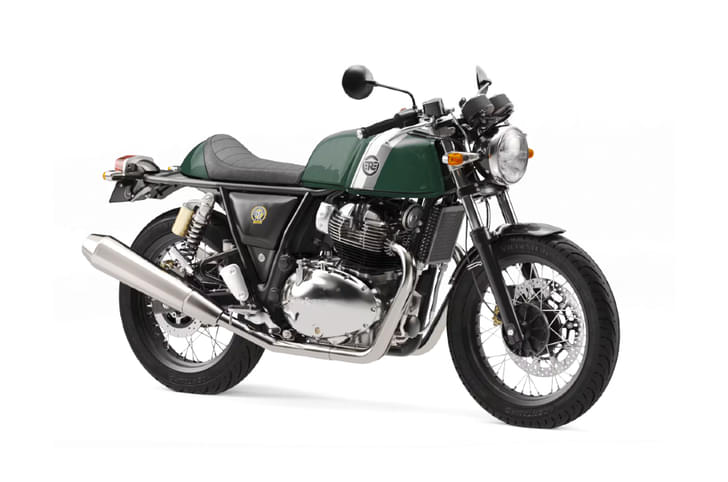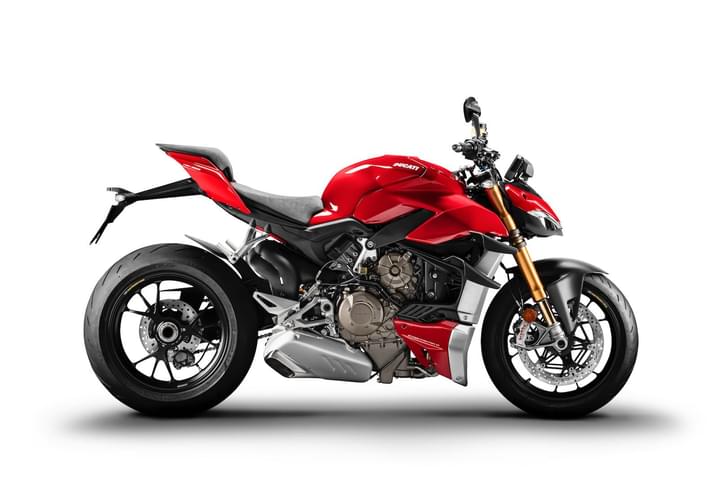No one has played the small-capacity sports bike game as cleverly as Kawasaki. For years, its Ninja 250 was one of the most popular small sports bikes on sale in developed markets. Then, in 2012, the company pulled a surprise by scaling the 250 up to the Ninja 300, which immediately left rivals like the Honda CBR 250R in the lurch. As the others started to catch up – Honda with its CBR 300R, KTM’s rowdy RC 390 and Yamaha’s R3 – Kawasaki pulled another rabbit out of the hat last year with the Ninja 400. Once more, Kawasaki decided to go for a substantial upgrade than an incremental evolution and swooped to the top of the performance game. This came at a small price hike over the Ninja 300 in some markets, whereas the USA market saw no price increase at all.
Unfortunately, this is not quite the case in India. The Ninja 300 continues here, but now with some level of localisation that has helped bring its price down, which has urged Kawasaki India to make the Ninja 400 available as a more premium offering. But Kawasaki has taken that ‘premium’ bit a little too seriously, and the bike comes at a frightful cost. We’ll address the implications of that later on, but for now, let’s get to what makes the Ninja 400 tick.
Visual assault
Kawasaki isn’t known for classically beautiful designs and the Ninja 400 certainly isn’t one, but it proudly wears a typically aggressive design. The pointy, full-LED headlamp face is in line with the new Ninja design language and there’s more than a hint of the supercharged H2 at the front. What really caught my attention though was just how big this bike looks and feels in person. The fairing looks larger than the 300’s, and, along with the large tank and cockpit, it feels like a bigger and wider bike than both the Ninja 300 and the Z650; although, the spec sheet reveals that this is not actually true. Similarly, the fuel tank looks larger, but it now holds 14 litres, compared to the generous 17 litres that the Ninja 300 could swallow.
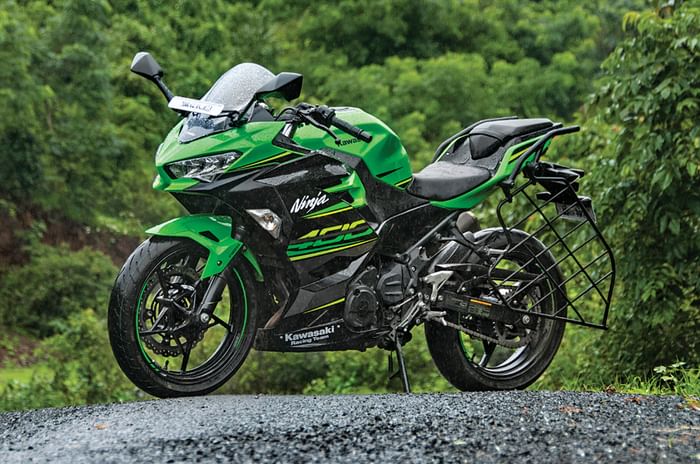
Slathered along the side are the trademark Kawasaki black/green graphics and this is the only colour that the bike is available in for now. The rear section ends in what feels like a slightly taller step to the pillion seat and a lovely three-point LED tail lamp that will remind you of the Z1000 and ZX-10R. And, of course, there’s just no ignoring the comically large saree guard and enormous tubular grab rails. I’m almost certain that the Kawasaki design team put serious effort into making these government-mandated add-ons look as ridiculous as possible in the hope that most, if not all, owners will unbolt them and return the Ninja 400 to its originally intended design.
Further contributing to the 400’s big-bike feel is the analogue-digital instrument cluster lifted straight from the bigger Ninja 650 and Ninja 1000. It’s a relatively simple unit, but the reversed LCD display looks neat and is refreshingly different from the fully digital LCD displays that are becoming commonplace these days. Fit and finish levels are quite good and the bike feels like the quality product you’d expect at this price.
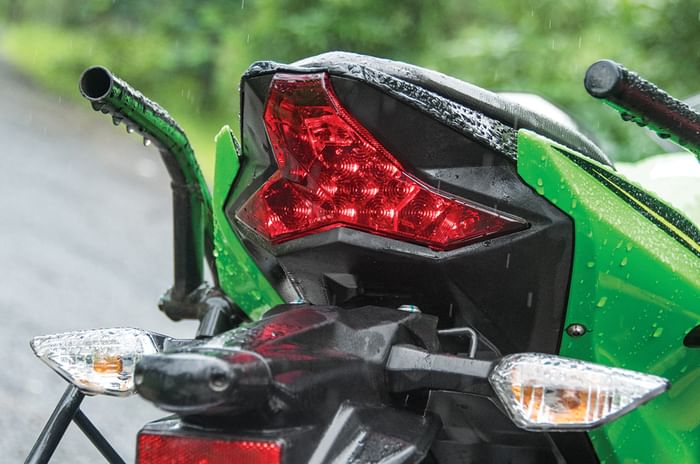
A deeper beat
When Kawasaki calls the Ninja 400 a brand-new bike, it really means it. Everything under the fresh clothes has been revised, including the bigger engine. Kawasaki raised both bore and stroke to achieve the new 399cc capacity and the compression ratio is up as well, from 10.6:1 to 11.5:1. The results are dramatic and this engine makes a whole 10 horses more than before, with a total of just 1hp short of the magical 50hp figure – an aftermarket exhaust should take care of that. Torque goes up by an even bigger margin – an extra 11Nm – to a total of 38Nm. Both power and torque figures are now produced lower in the rev range, and all this works towards better real-world performance.
The engine joins hands with a precise six-speed gearbox through a slip-and-assist clutch that results in a very light lever pull. Thumb the starter button and the parallel-twin starts up with a deep grumble that feels more Ninja 650 than Ninja 300. And the feeling continues with a gruffer vibe from the engine than the sewing-machine-smooth motors on the 250 and 300 at the low end. This is not as smooth an engine as its predecessors, and some vibes do creep in at the bar and pegs above 6,000rpm, but they don’t get to the point of annoying harshness.
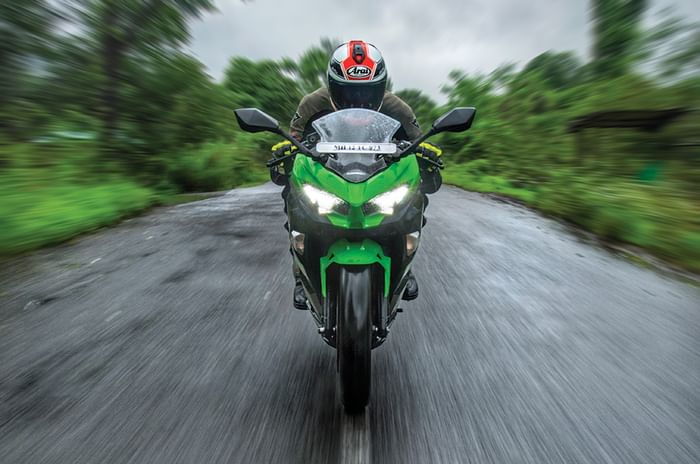
The motor perks up at 5,000rpm, at which point, it starts to pull harder and faster with an excitable scream for company. The engine has surprising energy from 8,000rpm until about 11,000rpm, where it starts to taper off short of the 12,500rpm limiter.
The weather was too difficult for us to Vbox-test the bike, but the Ninja 400 does feel a little quicker than an RC390, and I wouldn’t be surprised to see a 0-100kph time around the low 5sec mark. An indicated top speed of above 180kph should be achievable going by how easily 160kph pops up on the clocks. What really appeals though is how effortless the performance is. A 100kph cruise in sixth gear comes at about 6,000rpm and there’s plenty of acceleration available just a twist of the long travel throttle away. Tractability at town speeds is good too, but we had rain throughout
and never encountered heavy traffic, so I can’t comment on heat management just yet.
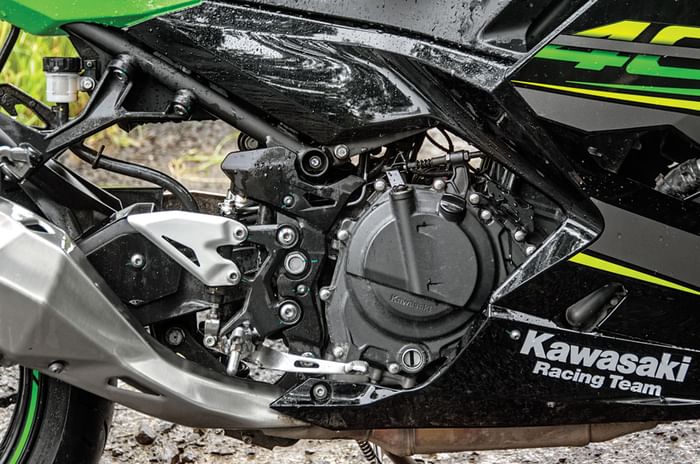
When more is less
Making an equal, if not bigger contribution, to the performance is the new rolling chassis. Everything is different here –from the stiffer yet lighter trellis frame, to the thicker suspension fork, bigger front brake, sharper steering geometry, shorter wheelbase and even the lighter new wheels and wider Dunlop rubber. It’s a sea change, but the beauty of it is that the Ninja 400 is now 6kg lighter than the 300 and, at 173kg, its only 3kg heavier than the KTM RC 390.
The effect this has on the riding experience is immediate and the Ninja 400 feels more agile, quicker steering and generally more athletic and willing. The roads were soaking wet, so I couldn’t push very hard, but this is definitely a better handling machine than before and I’m certain it will be good fun on the track too. That trellis frame gives the bike a newfound sense of rigidity, which results in a more confident and planted feel through the corners. The new Dunlop Sportmax tyres are a marked improvement over the average IRC rubber on the 300 and braking performance is sharper as well.
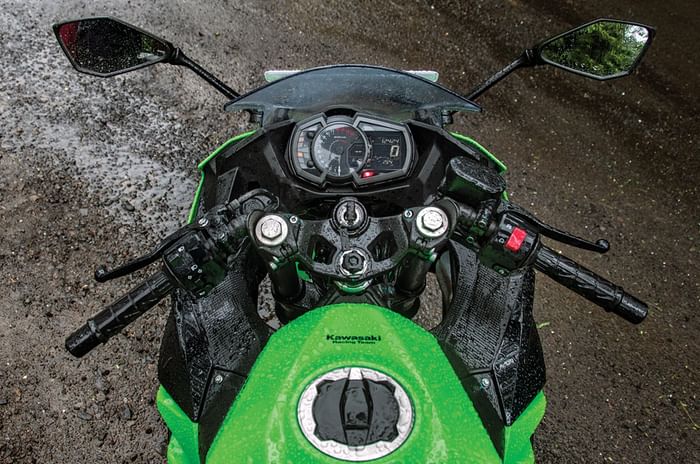
The riding position is reflective of the Ninja 400’s nature and it’s more committed than the both the Ninja 300 and the 650, especially in terms of the higher-set footpegs. But Kawasaki has retained the 300’s easy 785mm seat height and the 400 is still a decent proposition for road use, thanks to a reasonably positioned set of clip-ons that don’t contort you into an aggressive crouch. Think of it as somewhere between an R3 and an RC 390. In terms of suspension, the new setup is firmer and you can tell there’s not a lot of travel, especially at the rear. But the ride is still pliant enough not to be shaken up by reasonably broken surfaces; ground clearance is of no real concern either.
But while the bike is decently comfortable, there are a couple of ergonomic irritants. First, the brake and clutch levers are non- adjustable and at this price, that’s just not on. Second, I find that my right heel is in constant contact with the exhaust heat shield, an oversight you don’t expect from a Japanese manufacturer.
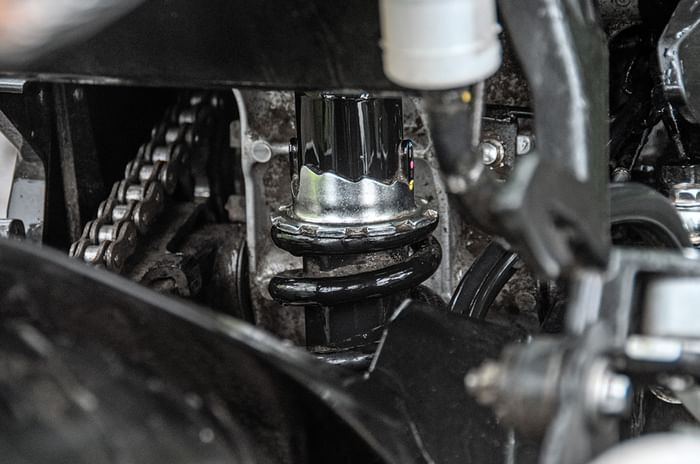
Sum of the parts
The Ninja 400 is an impressive motorcycle, one that is a big step up from the Ninja 300 – there’s almost nothing I can think of that the 300 does better. But I simply cannot understand Kawasaki’s pricing strategy here and there is no justifying the absurd Rs 4.69 lakh (ex-showroom) price. For perspective, this bike costs just Rs 37,000 less than the significantly more powerful Z650 and a whole Rs 1.95 lakh more than the Ninja 300 (both prices on-road, Mumbai). Clearly, the customer can’t see the sense in it either, because sales are at an absolute trickle.
The Ninja 400’s price simply has to reduce, and quickly too, because this is a genuinely charming bike, one that I could see many preferring over the harder-charging 650s. Reworking the CKD pricing to more realistic levels will help, but ultimately, Kawasaki needs to give this bike the localisation treatment too. If it can position the Ninja 400 much closer to the 300’s current Rs 2.98 lakh (ex-showroom) price and (I think the 300 should have been cheaper still, around Rs 2.5-2.7 lakh), the 400 will certainly gain a following. But for now, it’s just not meant to be.







